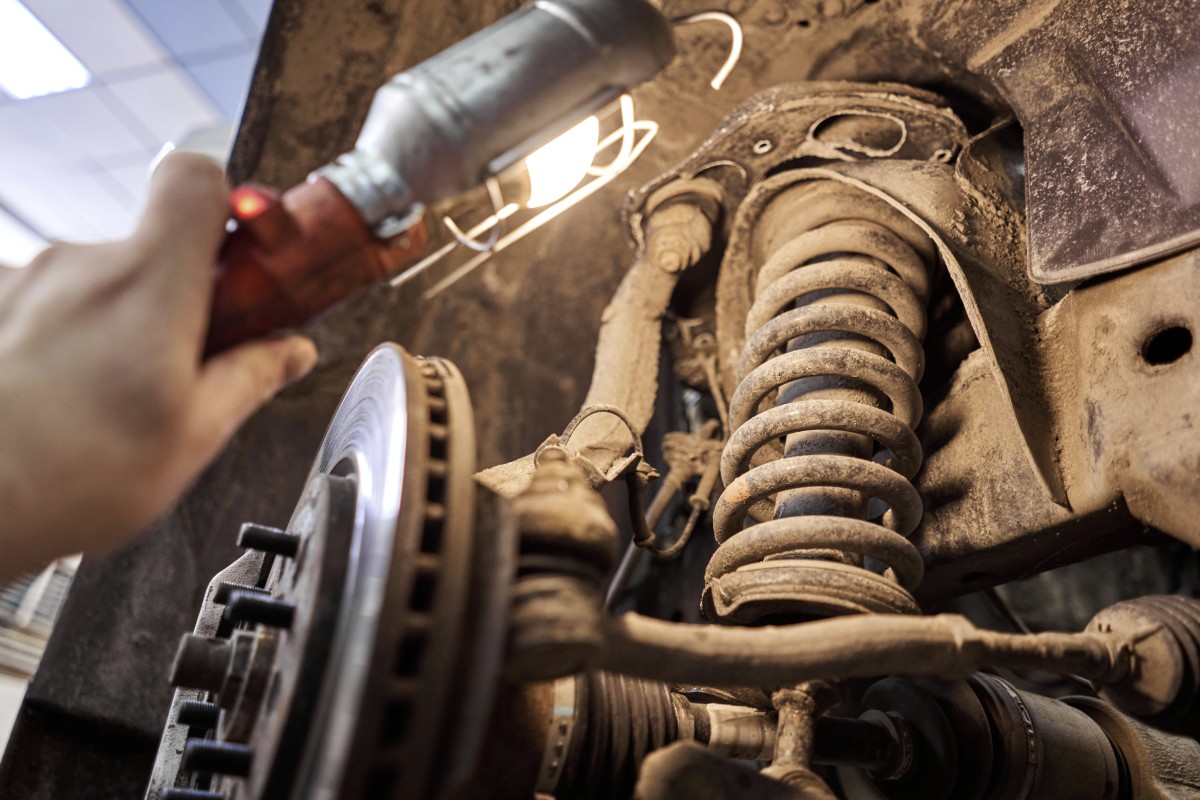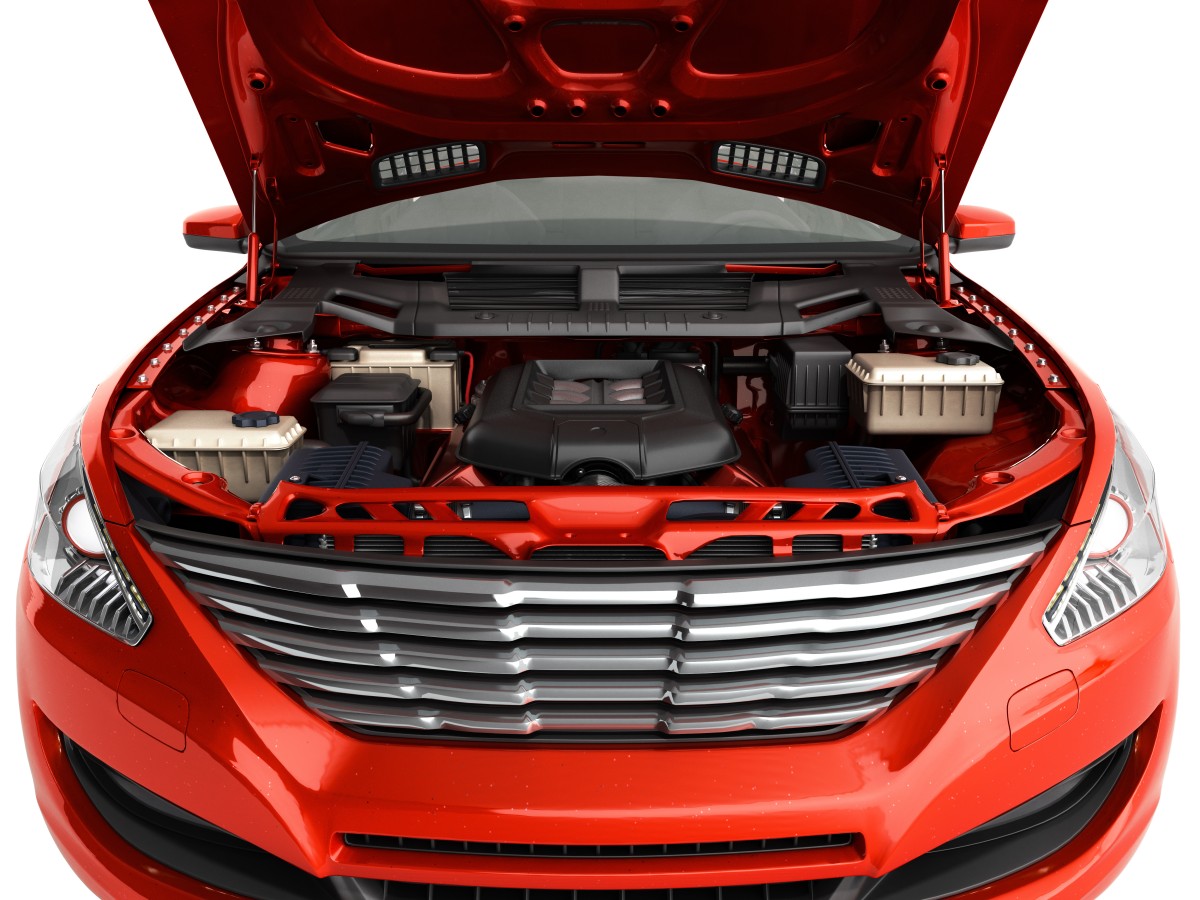How to pass an MOT check
01/03/25
Is it time for your car's MOT check? Boost your chances of passing the test on the first try with our simple tips to prepare your vehicle.

MOT checklist: Exterior
Vehicle structure
Examine the exterior of your vehicle by circling it to assess its overall condition. The bodywork should be devoid of significant corrosion or damage, especially any issues that may impact the braking or steering systems.
Additionally, ensure that there are no sharp edges that could pose a risk to other road users. The presence of such hazards may result in your vehicle failing its MOT test.
Tyres and wheels
Car tyres must be the right type and size. Check that all tyres have a tread depth of at least 1.6mm right the way around and across the central three quarters of the pattern.
A quick way to check is to insert a 20p coin into one of the tread grooves. If the outer edge of the coin is completely obscured, the tread depth is sufficient. Also look for significant lumps or cuts in the sidewall that could render it unfit for purpose. Tyres must not be obviously underinflated, either. Spare tyres aren’t checked as part of the MOT test, but those stored externally will need to be fastened securely.
Registration plates
Ensure that your registration plates are in excellent condition and securely attached to your vehicle. All letters and numbers should be clearly visible from a distance of 20 meters. Remember, using unusual fonts might be seen by the police as an effort to evade the law.
If you're uncertain whether your number plate complies with legal standards, check the DVLA website before heading to your MOT test.
Wipers and windscreen
The wipers and washers need to function properly to ensure you have a clear view of the road ahead. If your wipers are leaving streaks, they might be worn out, so it's a good idea to replace them before your MOT. Don’t forget to check your headlight washers if your vehicle is equipped with them.
Remember to refill the washer bottle and if the jets are blocked, a pin can help clear them. Additionally, it's crucial to inspect your windscreen for any damage, especially in the area that the wipers cover, before your MOT test.
Lights
Lighting is crucial for maintaining road safety and adhering to traffic laws, which makes it a vital component of the MOT inspection. If any lights are broken, misaligned, or malfunctioning, your vehicle is unlikely to pass the MOT test.
Activate all the lights and thoroughly inspect the car from all angles to ensure they are functioning correctly. Additionally, check your turn signals by making another round while they are activated. Remember to check the number plate light as well, as it can often be overlooked! Also have someone sit inside the vehicle and press the brake pedal. Do the brake lights illuminate as expected? Also, when the car is shifted into reverse, are the reversing lights operating correctly
Doors
It is essential that all doors operate smoothly for your vehicle to successfully pass its MOT test. When closed, they must stay securely shut. The front doors should be accessible for opening from both the interior and exterior of the car.
MOT checklist: Interior
Warning lights
MOT testers examine whether specific dashboard warning lights are lit or not functioning. This includes the power-steering indicator and brake-fluid warning lights, so ensure that all your lights illuminate and then turn off when you switch on the ignition.
Additionally, your vehicle must have a working speedometer to successfully pass the MOT.
Horn
Check your horn with a quick press to ensure it's functioning properly. It should be loud enough to hear and conveniently located within reach while driving.
Seats
Prior to the MOT test, inspect the front seats to ensure they are firmly secured and properly positioned. Additionally, verify that both the front and rear seatbacks can lock in the upright position.
Seatbelts
Worn or compromised seatbelts will lead to an automatic failure. Prior to visiting the test center, ensure they function correctly and are securely attached to the seats or the vehicle's framework. Additionally, verify that they latch securely and release as intended.

Under the bonnet
Open the bonnet to verify that the brake fluid reservoir and oil levels are adequate. It is essential to have sufficient oil and fuel for the garage to perform an emissions test. If these levels are not properly maintained, or if the brake fluid is contaminated, your vehicle may be rejected.
Additionally, the test now includes an inspection for fluid leaks that could harm the environment, including those from air conditioning systems.
